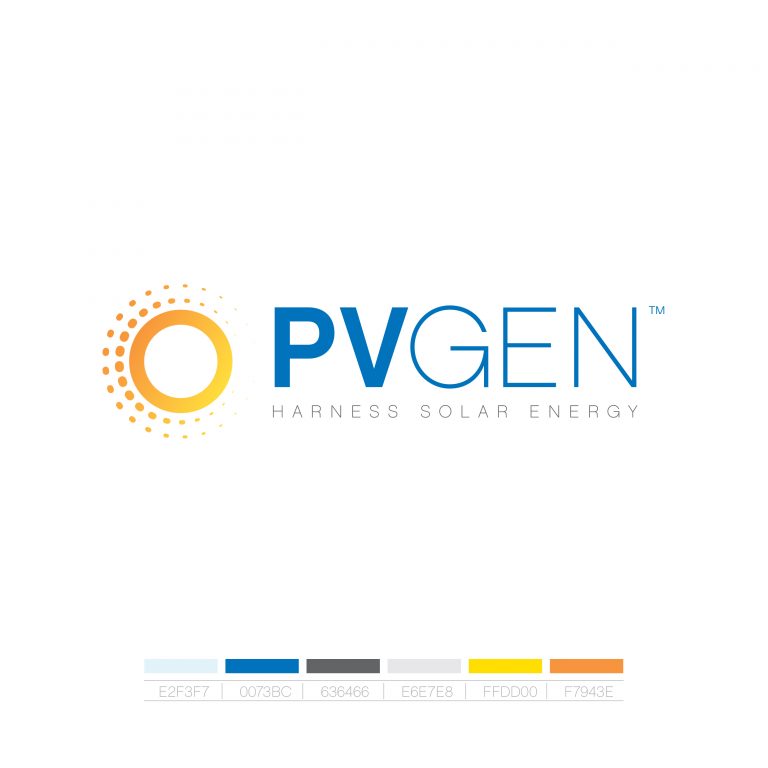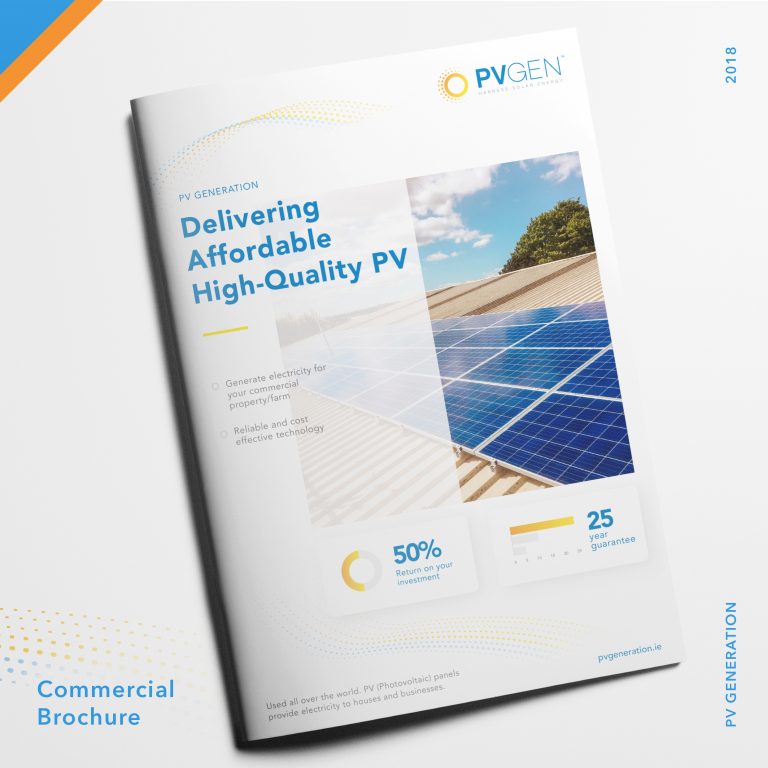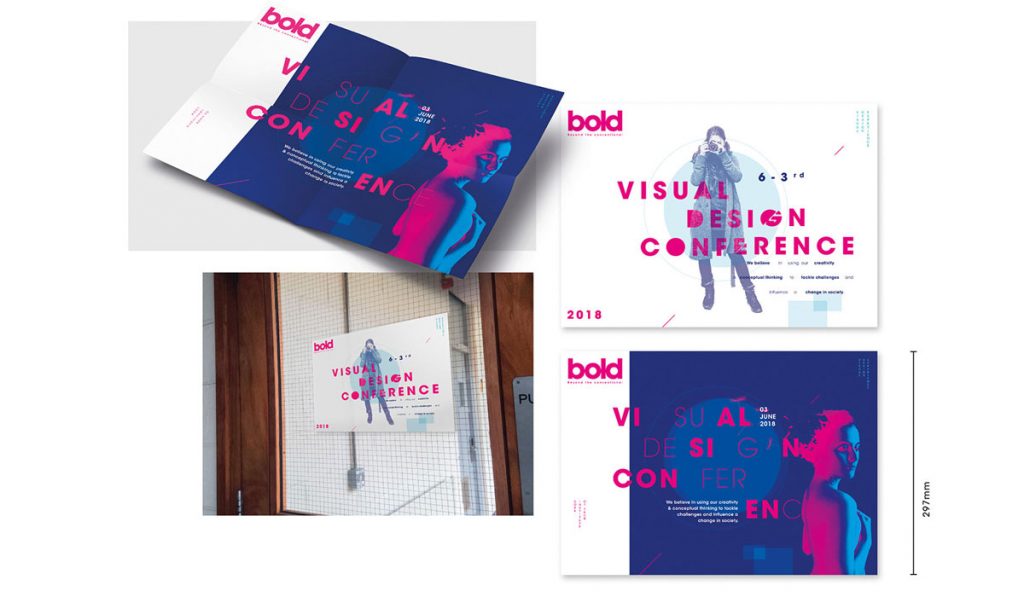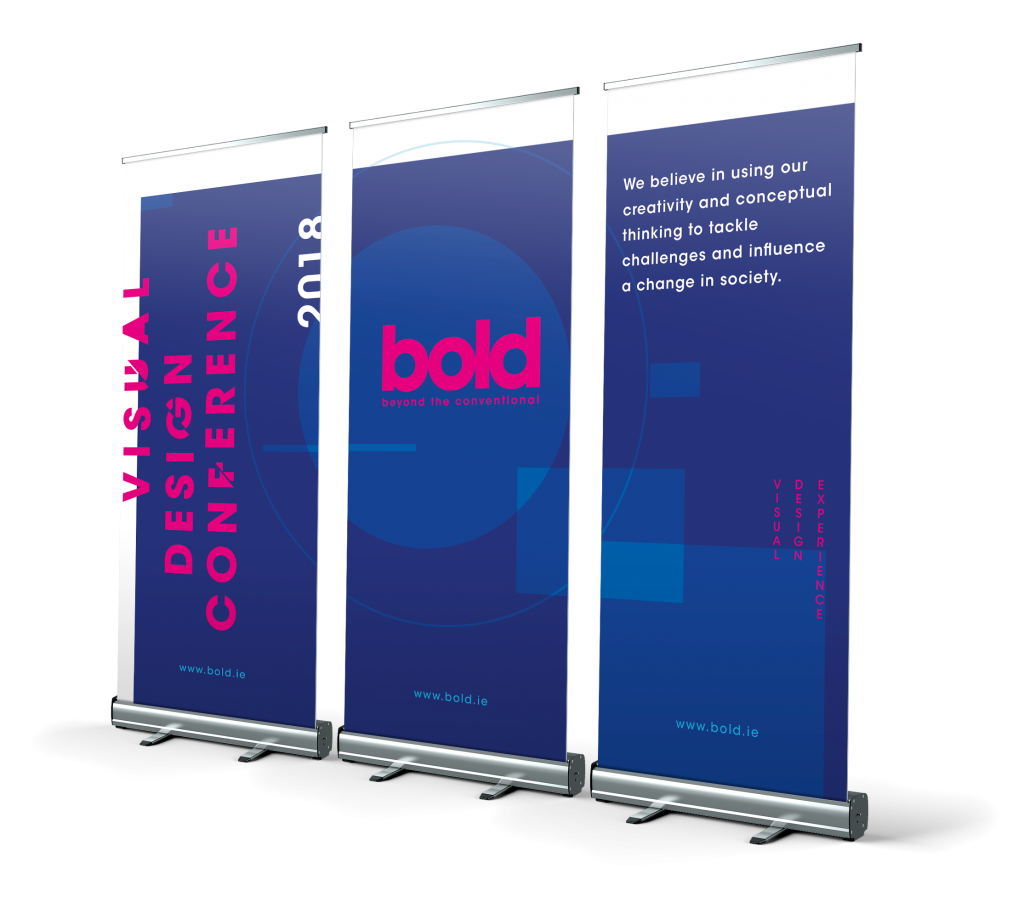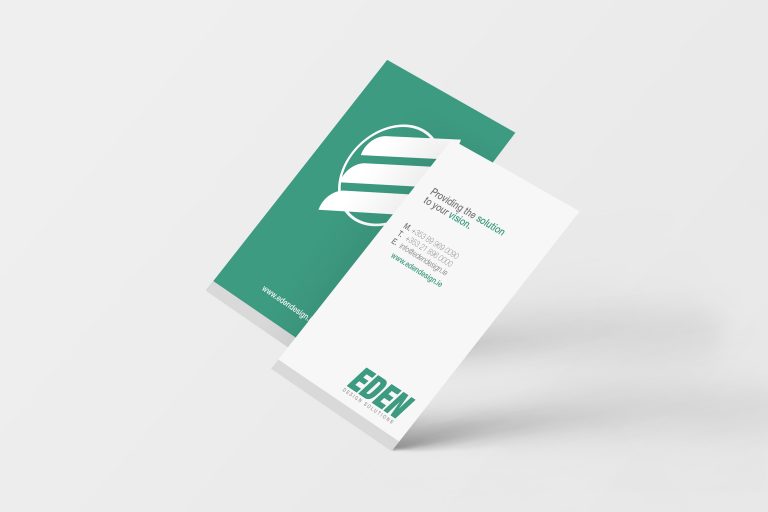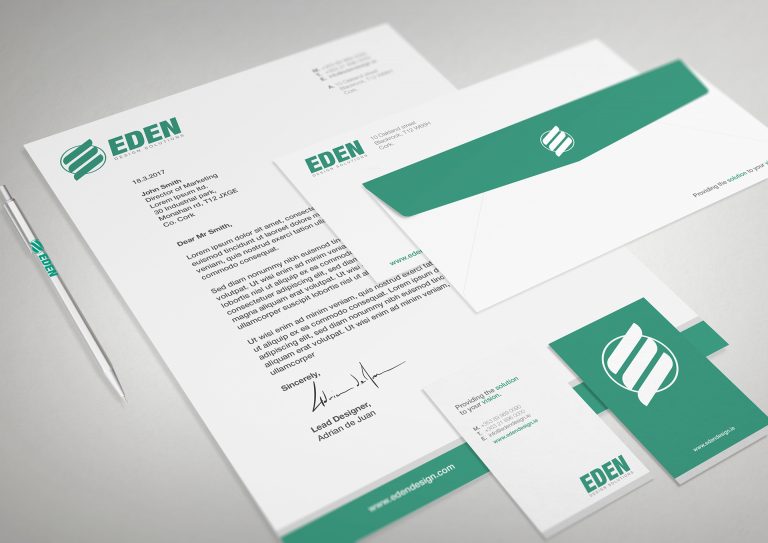Covering an event
We, as a creative design firm, have been given an amazing opportunity to cover the Beyond IoT 2019 event which is hosted by the Cork Institute of Technology’s research arm, Nimbus Research Centre along with major sponsor, SteriTrack. The event took place in the Cork’s state-of-the-art facility in Páirc Uí Chaoimh. It was fun to cover the event’s programme and to interview keynote speakers from across the globe covering their specific topics and expertise.
About the Event

The Beyond IoT (Beyond the Internet of Things) conference is an emerging brand that has managed to carve a niche segment that merges tech star-ups with investors in the space. The event has brought experts from Silicon Valley and have attracted large and small Irish businesses to discover new opportunities and potential partnerships. The speakers presented the latest on the horizon in areas such as IoT in space, Blockchain technology, cyber security, augmented & virtual reality, research mega trends, etc.
All who attended benefitted from the unique insights and can use that knowledge and apply it to their business models. It was very important to note as well the partnerships that can be formed between industry and academia through the technology gateway programme by Enterprise Ireland. This was particularly of extreme benefit to startups who have been granted free admission.
Sponsored by Irish-based multinationals as well as academic institutions, the event was a flying success with over 500 attendees through the door. The event organisers did an amazing job pulling this through and even exceed the success of the previous event.

All ‘hands-on-deck’ with the Xyno crew who ensured that all angles of the event have been artistically captured. The fun part was interviewing most of the speakers who flew in especially to Cork to present who were laid back and were very pleasant to engage with. The highlights video put together by our creative director can be viewed below.
We also had some opportunities for further exposure and to distribute some of our contact details. Branding strategies for companies is what we specialise in and seeing the effect of marketing and visual media to a growing company is truly rewarding.
5 Simple Tips when covering any event
- Scope the event floor – it is really important that you know full well the final layout of the event on the day will be as you can prepare your routes and take your shots as non-intrusive as possible.
- Prepare your gear – nothing worse than forgetting a lens or not having enough memory – get yourself multiple SD cards (64GB) to make sure you have more than enough.
- Money Shots – plan your shots and have a list in mind of which kind you aim to capture. As photographers, we make sure all shots have great value in terms of its usability. Action shots that cover great emotion have a very short windows and quite hard to replicate non-organically so make sure you watch closely. Nature photographers come to mind.
- Smell and look good – yes, you are a professional so you must look the part. Dress semi-casual and ensure that no BO emanates from you. Pack a number of mints as well for unexpected engagements.
- Have a professional aura – be confident because you’re hired to do a specialised thing. You know what’s involved and own it. You’re good at it and you have experience. Events are places full of confident people – simply be one with the crowd.
All in all, the event was well-attended and much valuable material was generated for post-marketing and engagements. The crew was well-organised and knew their responsibilities for the day. It was a tremendous success on our end as well.
If you’re a business, you simply need a digital presence, that is how people of this age expect to find you when they look for you. The thing is, will they like what they’ll see? Contact us and we’ll make sure they do.
